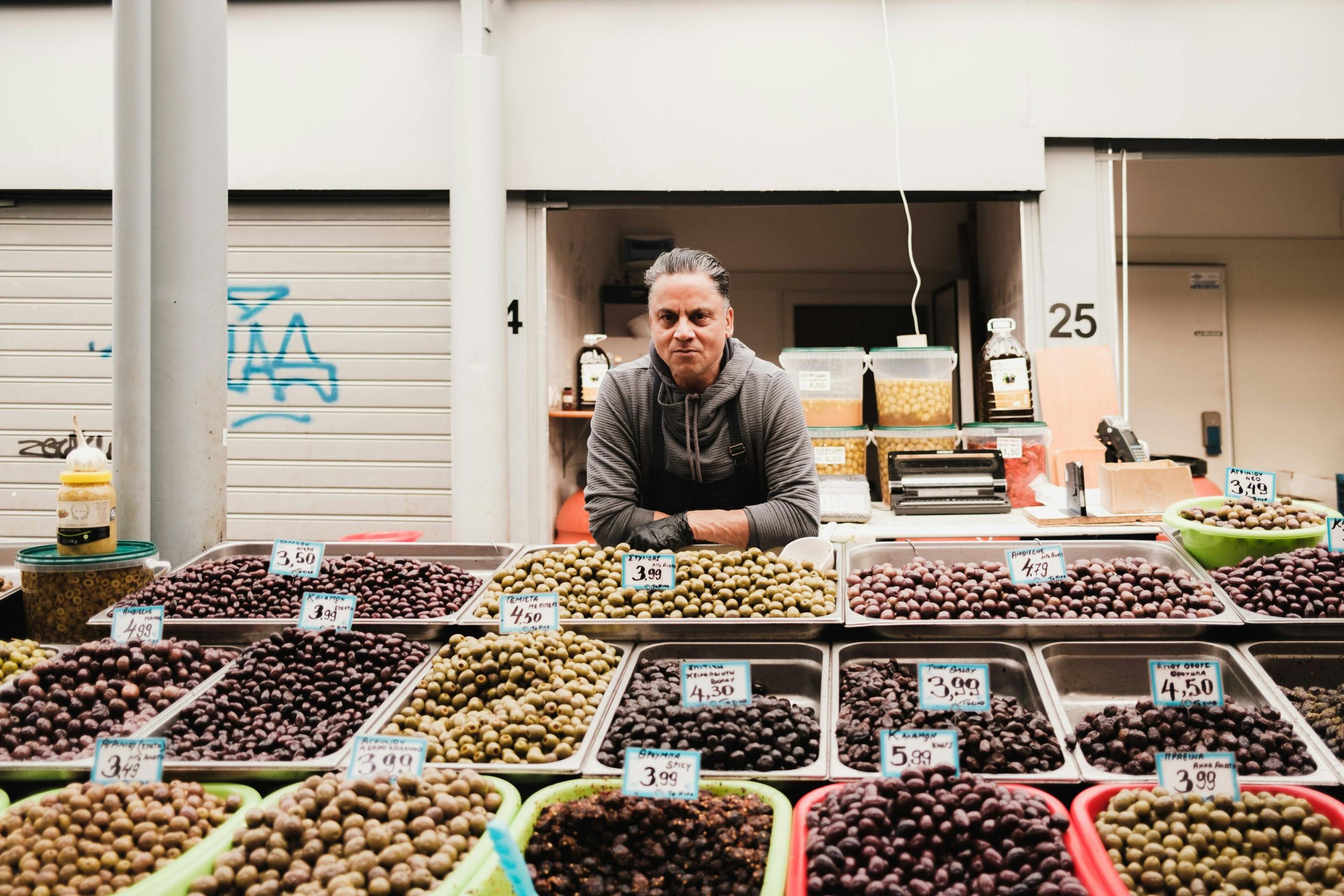The Future of Food Stall Pricing in Urban Markets: What Lies Ahead?
Over recent years, urban food markets and street food vendors have become an integral part of city life, offering quick and diverse culinary options to residents and visitors alike. However, a noticeable trend has emerged: the cost of these meals has steadily increased, with some stalls now pricing their offerings on par with sit-down restaurants. This raises pressing questions about the sustainability and long-term viability of the current pricing landscape.
Rising Costs and Their Impact
Many food vendors attribute the escalation in prices to factors such as increased rent, rising operational expenses, and inflation. As commercial real estate becomes more expensive and the quality of ingredients or equipment improves, these costs inevitably trickle down to consumers. While this is understandable, it prompts a broader discussion about the future boundaries of food pricing in city street markets.
Is There a Price Ceiling?
Historically, street food has thrived on affordability and accessibility. Yet, as prices inch upward—some moving into the £12 to £15 range for modest meals—the question arises: how high can these prices realistically go before the business model becomes unsustainable? Tourists and families may still be willing to pay premium prices occasionally, but if costs consistently push higher, vendors risk diminishing returns.
Will we see a tipping point where increased prices deter regular customers, leading to a potential decline in lower-cost vendors? Alternatively, might we witness a market correction, where some stalls shutter due to diminished patronage, leaving only the highest-priced vendors?
The Caprice of Capitalism and Urban Dynamics
Reflecting on the broader economic trends, history suggests that prices tend to continue upward in competitive, high-demand cities—sometimes to absurd levels. Predictions for the near future include potential scenarios like a £20 burger and chips in the next decade, underscoring the inflationary pressures in urban food markets.
Looking Ahead
The trajectory of street food pricing will likely depend on a complex interplay between economic factors, consumer behavior, and regulatory measures. While some may welcome innovation and higher quality, others worry about the exclusion of a broader demographic from affordable street dining.
As city residents and visitors, it’s worth considering how we can support a diverse food landscape that balances quality, affordability, and sustainability. Policymakers and vendors alike may need to explore innovative solutions—such as cooperative models, rent controls, or subsidy programs—to ensure the vibrancy of street food markets endures for generations to come.
**Conclusion

